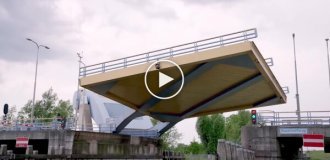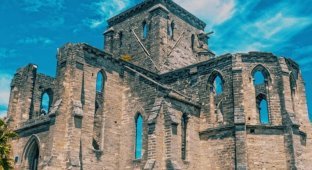The great earthquake in Portugal, which became the starting point for the creation of important science (8 photos)
That autumn day in 1755 was a holiday. Residents of the capital of Portugal celebrated All Saints' Day on a grand scale. On November 1, dressed up Lisbon residents went to church services. And just in the midst of them, they felt the tremors of the earth’s firmament, which, it seemed, was about to open up and swallow the unfortunate ones. Apparently, for their sins. 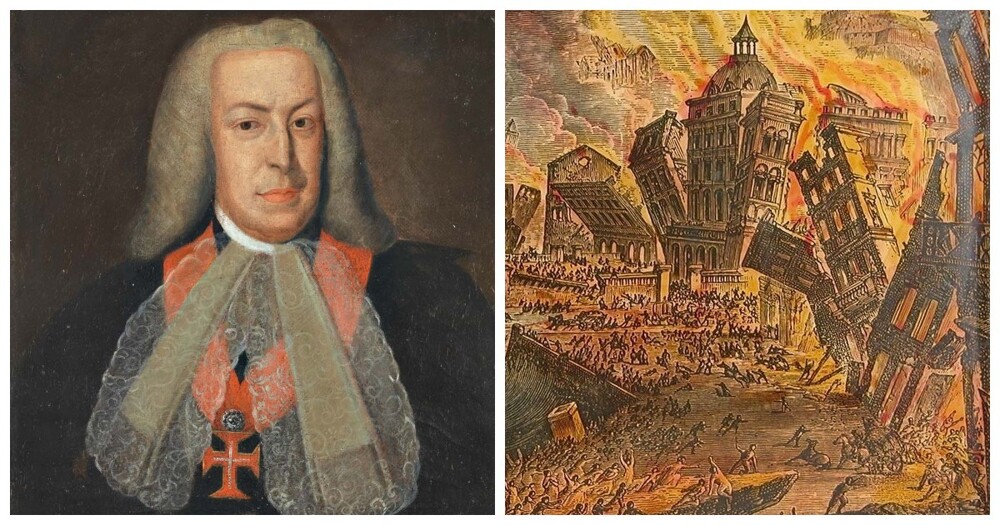
Church spiers swayed. Residential buildings began to fold up like houses of cards, burying people screaming in horror under the ruins. About 100 thousand people became victims of the disaster. About 90% of the population of Lisbon died. 16 cities and countless villages were also affected. 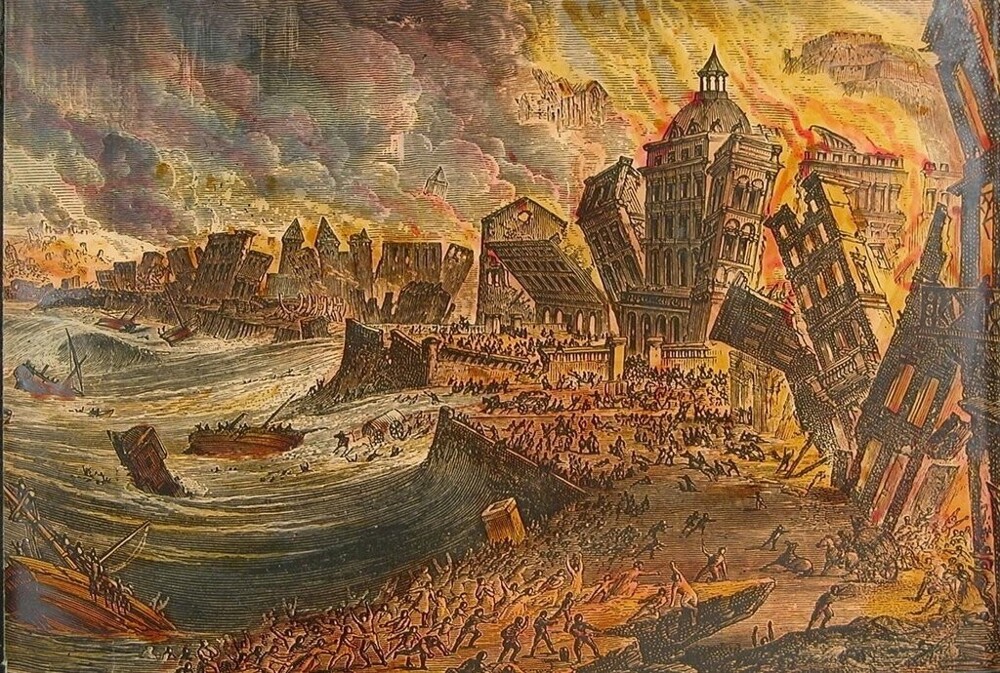
Panic reigned among the survivors. Fires blazed in the ruins and looters prowled. There is a real threat of an epidemic. The fury of the disaster, which would later be called the Great Lisbon Earthquake, is estimated by contemporaries to be approximately 8-9 points.
Naturally, the country's cultural heritage was seriously damaged - books, paintings, sculptures, and archives were lost in the fire. The Church immediately declared the incident a punishment for sins. 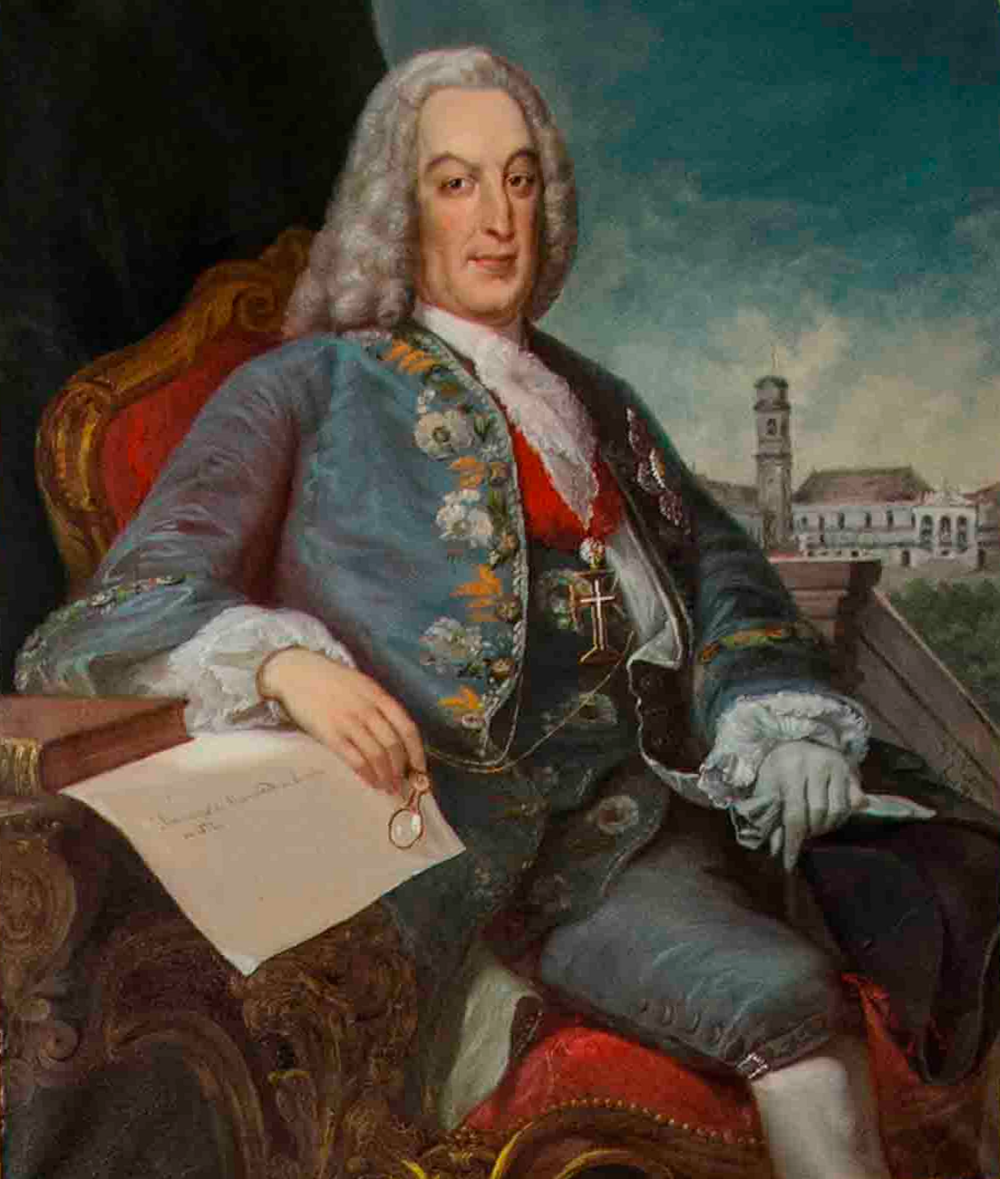
Marquis de Pombal
But one person categorically disagreed with the version regarding the manifestation of God’s wrath. His name was Sebastian Jose de Carvalho y Melu, Marquis de Pombal. The man served as prime minister and actually led the country, while power nominally belonged to King Jose I.
Sebastian developed a vigorous activity: he organized field hospitals for the wounded, assembled teams to catch looters, brought in the army to maintain order, and organized the distribution of food from strategic reserves for the military. 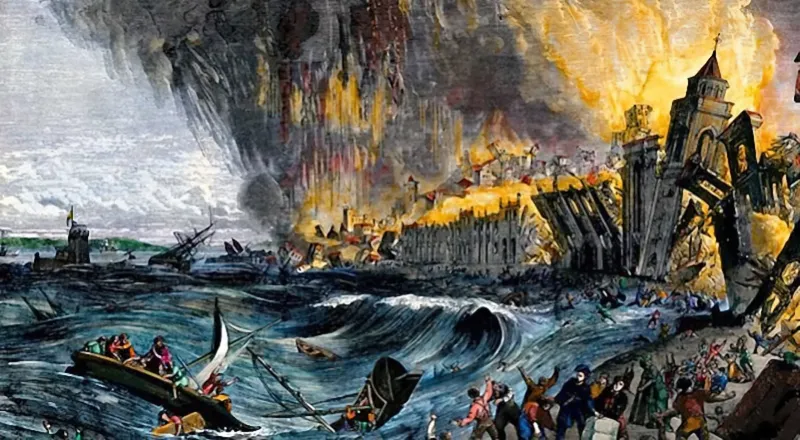
The supporter of the ideas of the Enlightenment was categorically not happy with the position of the church. He independently began to study the events that preceded the earthquake - its harbingers and nature. The prime minister sent messengers to different parts of the country with the task of collecting as much information as possible using questionnaires. 
He considered everything important, every little thing: fluctuations in water levels in natural reservoirs and wells, the frequency and duration of tremors, the behavior of wild and domestic animals.
The activities showed that strange things were observed in different areas: rivers became shallow, an unpleasant odor emanated from wells, insects left their shelters en masse, and animals became restless and tried to climb to higher ground. 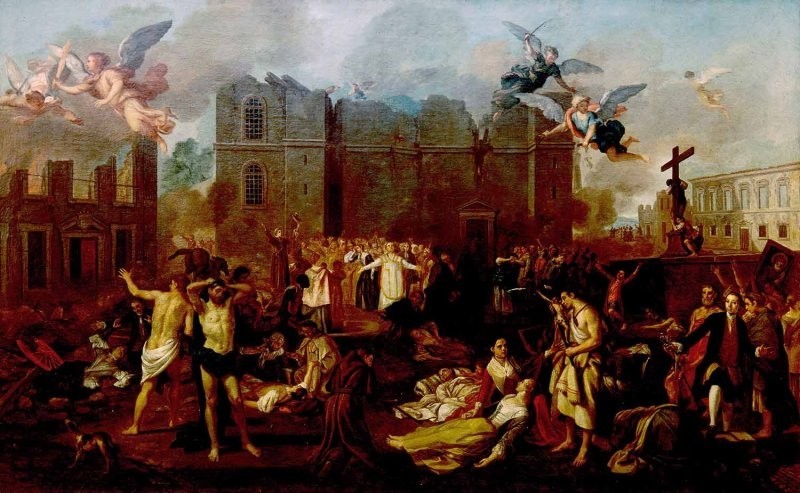
In fact, the questionnaires stored in the city archives were the first attempt to understand the nature of earthquakes. And de Pompal is the founder of modern seismology. 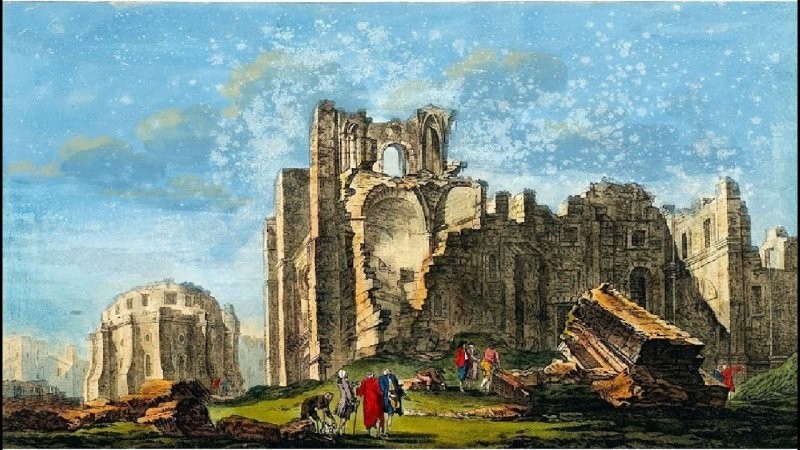
Portugal was never able to fully recover from the disaster. But it ceased to be a metropolis due to a lack of resources and began the fight against the Inquisition. 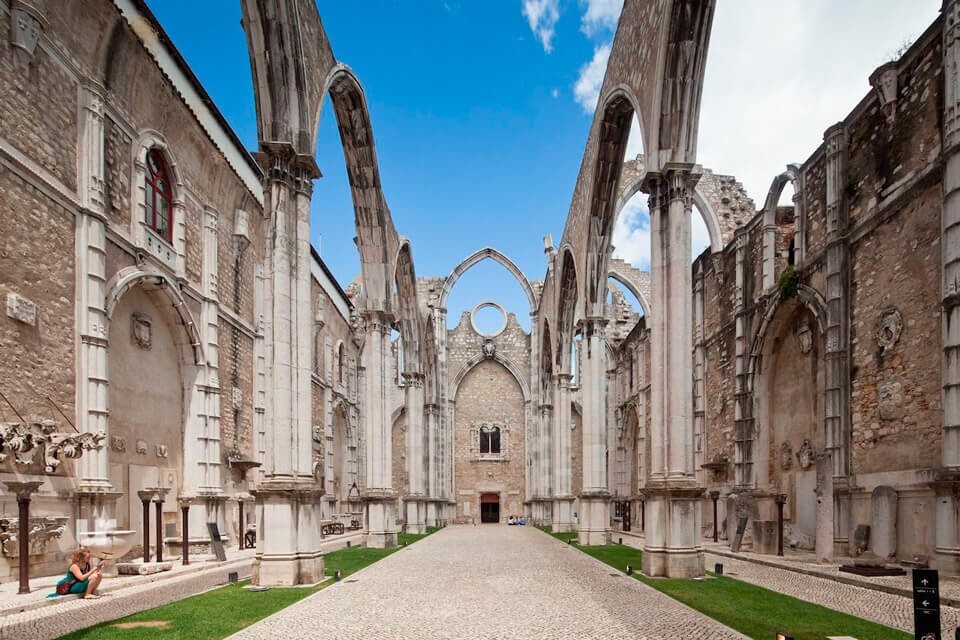
The Carmelite monastery was left in its original form as a reminder of the power of the elements








